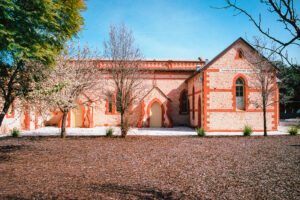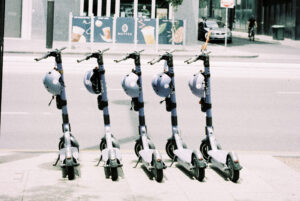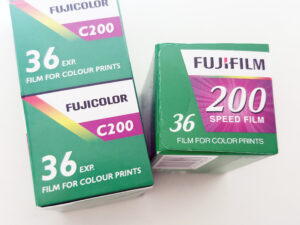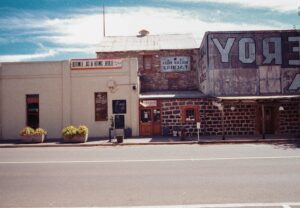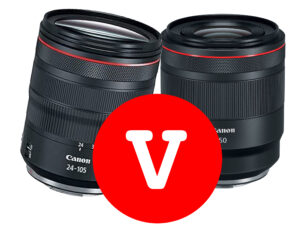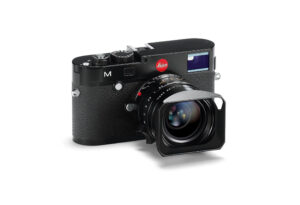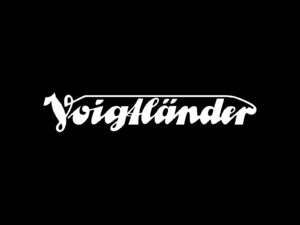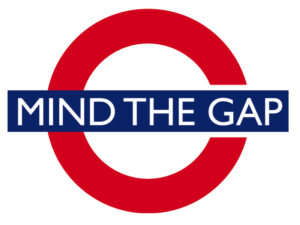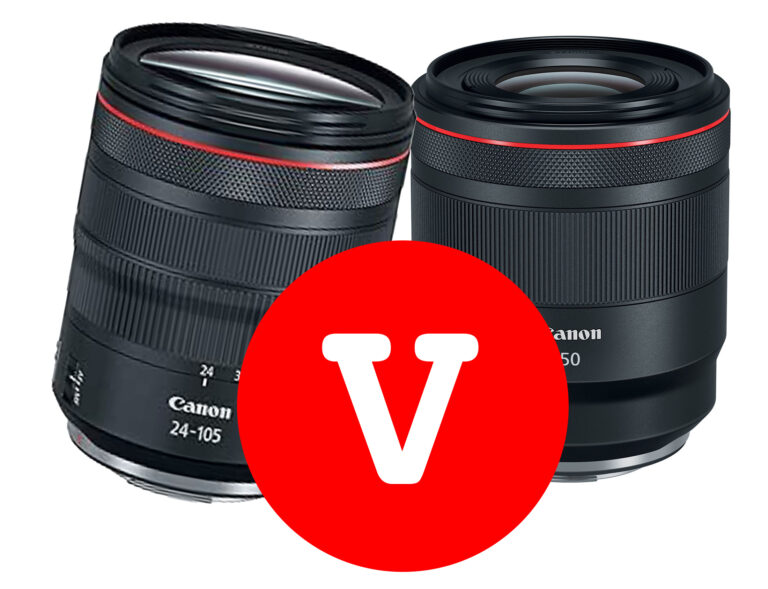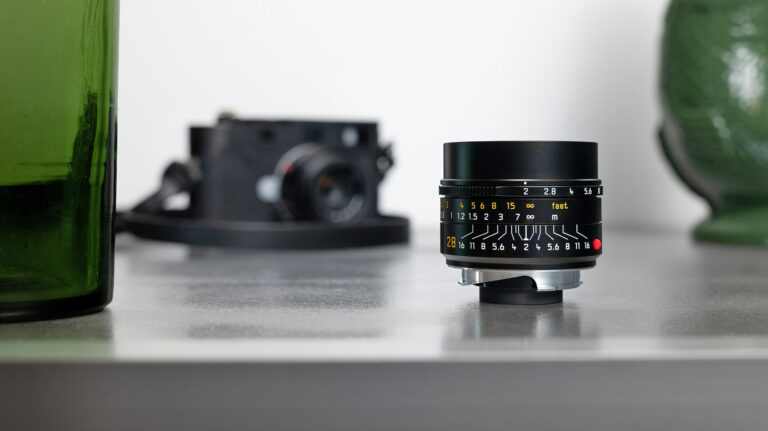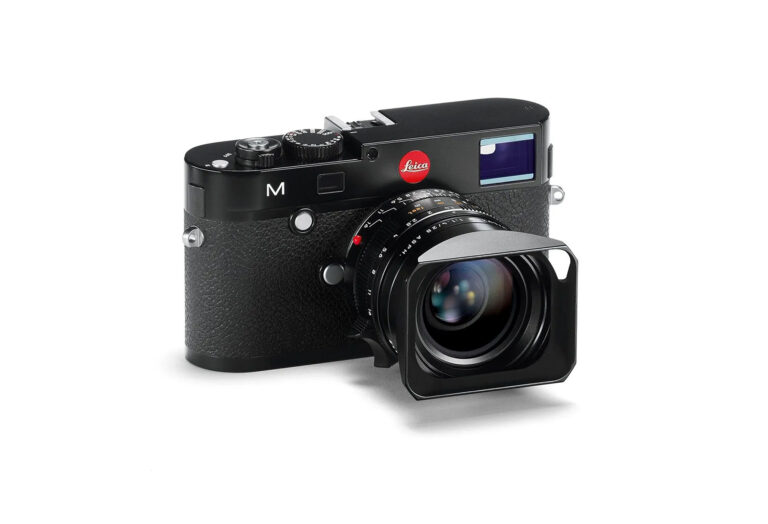Leica M Lenses
When I bought my first Leica M, a Typ240, I bought a 28mm Elmarit and 50mm Summarit. I quickly expanded to a 35mm and decided to buy the more expensive 35mm Summicron. Today, I sport a 21mm Super Elmar, 35mm and 50mm Summilux. If you are getting into Leica, a collection of Summicrons is a great place to start. they are light, easy and forgiving to focus and not too expensive. Or a Summilux. I recommend a 35mm as the range is more versatile than a 50mm.
The Leica Summaron 28mm f5.6 is a lens that bridges decades, offering the optical precision Leica is known for alongside a character that feels straight out of the 1950s. It’s not just another lens; it’s a work of art, a homage to a bygone era where craftsmanship and simplicity reigned...
Answering Questions about Leica
Where do the Leica Lens names come from?
Leica names their lenses based on their F Stop, or speed/aperture. Specifically Leica M lenses:
f/0.95, f/1 and f/1.2
How Leica Lenses are Made
This video sums up why Leica lenses are so expensive. You can’t put a price on their craftsmanship.
I don't recommend getting a 50mm lens as a first Leica lens
Coming from DSLRs I think it is very tempting to get a 50mm as it is the prime lens size most DSLR users get. So we tend to be used to it and think it is what we want. But what new Leica lens buyers forget is that you can’t zoom in or out on the prime Leica lenses. So with a 50mm you prevent yourself from having a wider filed of view. That can be easily fixed by getting say a 28mm as well. But, I think when learning a new camera system, get one lens, see how it al works and expand from there. Hence I recommend the 35mm focal length. It does everything you need. 35mm is ideal for street photography, urban landscapes, close up or far away subjects. There is so much you can do with the frame. You can have the close, shallow depth of field look of a 50mm, but have more in the frame.
Since 1954, Leica’s M series has epitomised an intersection of craftsmanship and quality, becoming iconic among photographers for its timeless appeal and mechanical precision. Leica’s latest release, the Leica M Edition 70th Anniversary Camera, celebrates 70 years of this storied lineage, delivering a platinum-coated, limited-edition masterpiece for photographers and collectors...
If you’ve ever seen professional photographers at a sports event or wildlife shoot, you may have noticed that some of their large zoom lenses are white. This design choice stands out against the typical black lenses used by most photographers. But why are these lenses white? The answer lies in...
What is the point of this lens? Voigtlander has unveiled its latest addition to the renowned Color-Skopar line, the COLOR-SKOPAR 50mm f/2.2 VM lens, designed for Leica M-mount cameras. This announcement has stirred the photography community, particularly among fans of the ultra-compact 28mm and 35mm Color-Skopar lenses. However, the new...
When you embark on the journey of photography, the significance of lenses becomes undeniably clear. Your lens is the eye through which your camera sees the world, and whether you choose a prime lens or a zoom lens can dramatically impact your photographic results. This comprehensive guide will delve into...
In the annals of photographic history, few brands can rival the legacy that Leica has crafted. Their latest marvel, the 28mm Summicron-M lens, stands as a testament to this storied heritage and promises to reshape the benchmarks of optical precision. Diving Deep into the 28mm Summicron-M The 28mm focal length...
When getting into Leica, something you notice early on is the different lens names. Leica’s Lens names refer to the lens’ speed, or F Stop. Currently they are Summaron, Super Elmar, Elmarit, Summicron, Summilux and Noctilux. The order I’ve put them in is slowest to fastest, but don’t be fooled,...




